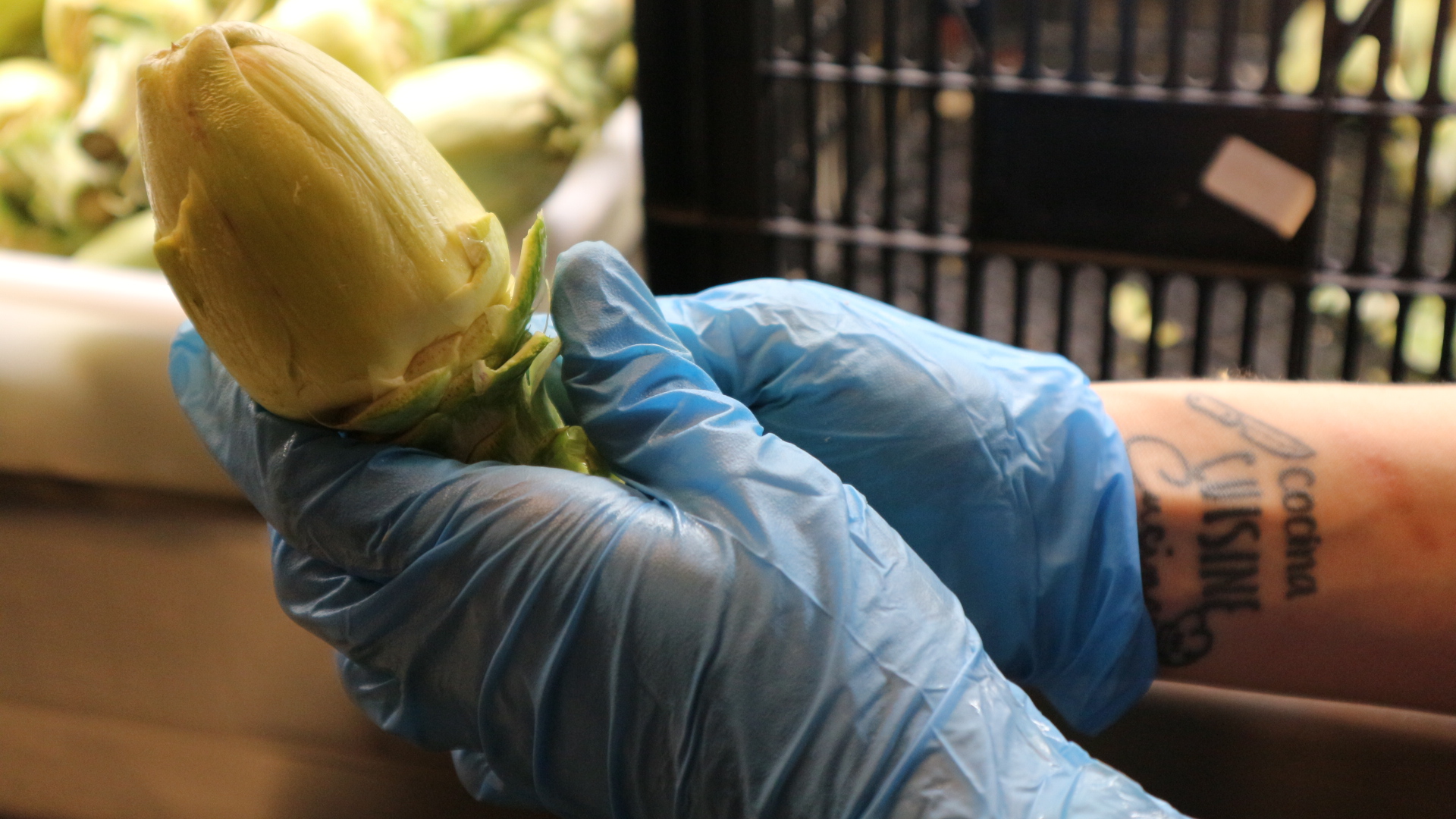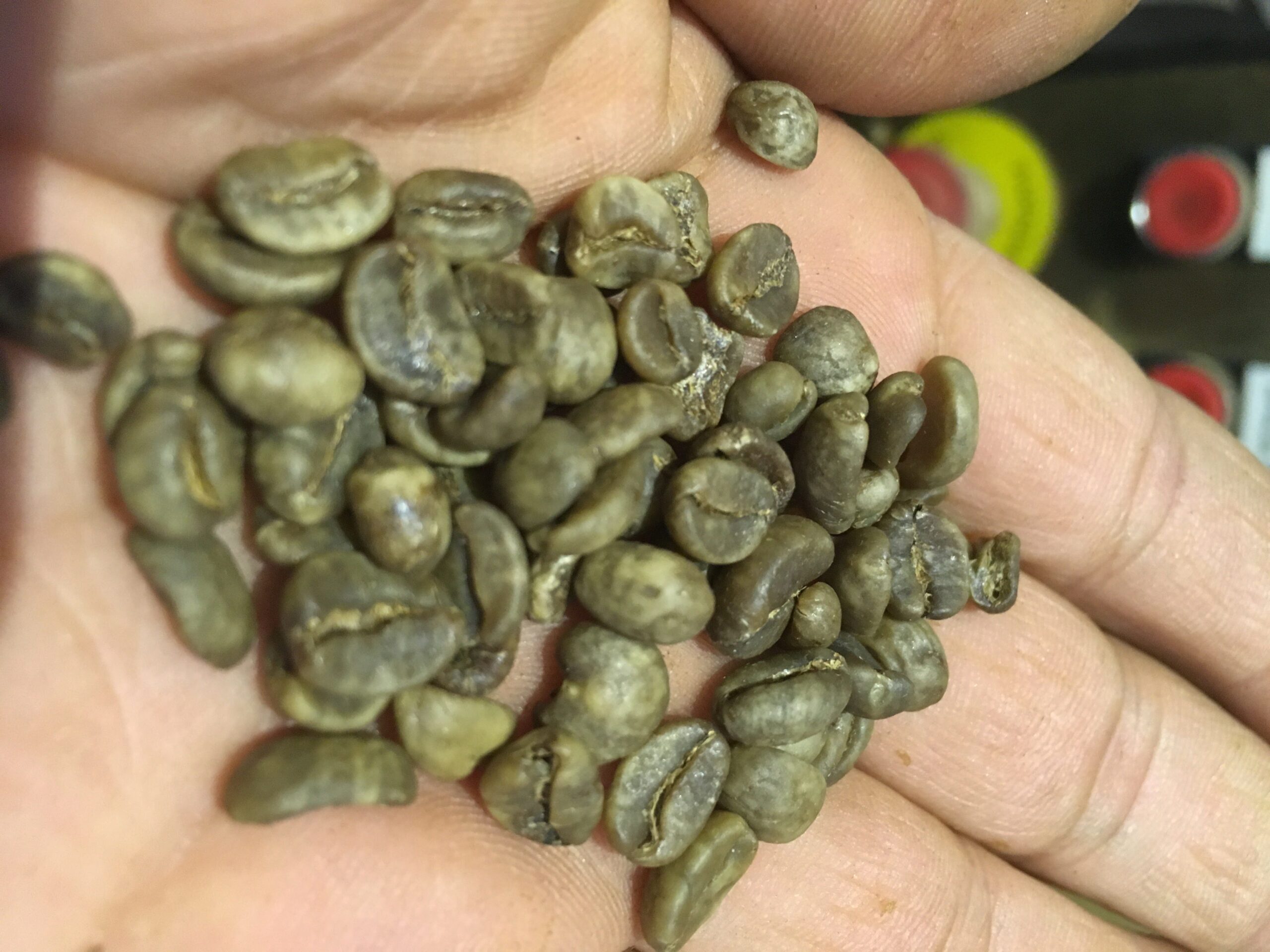One World, many ways to have coffee!
Since I am in Iceland, I have become more aware of how small the world has become and the importance that coffee has in it. Iceland, that small country in the northern hemisphere, nobody knew about it except for the volcanoes, their more international musicians (Björk and Sigur Rós) and those impressive landscapes.
Nowadays this great island is a travel destiny for people from all over the world as tourists or as workers.
But returning to the topic of this blog, coffee, all this influx of people enriches me with the little talks I have and learn a little more about the habits and ways of drinking coffee as well as the way they are called.
I have also found that each time the coffee is gaining ground to the other most drink infusion, the tea. In countries such as the United Kingdom, Australia, China, Taiwan, Japan and Korea, among others, the youngest are responsible for the change of trend.
Some things that I have learned ...
Central European countries usually add the name cafe to: cafe espresso, cafe cappuccino, cafe latte, cafe mocha, etc.
The many names of traditional filter coffee: black coffee, white coffee (with milk), drip coffee and filter coffee.
India and Pakistan love very hot drinks.
Americans always ask for sizes of "cups to go" and they love the "Gibson", latte with three loads of espresso.
As you can see, the experience is very enriching both personally and professionally and I am happy to share with all of you.
See you soon Coffeelovers!
My other media
https://www.instagram.com/coffeeloversby/
https://www.facebook.com/coffeeloversby/
Desde que estoy en Islandia más me doy cuenta de lo pequeño que se ha hecho el mundo y la importancia que el café tiene en el mismo. Islandia, ese pequeño país en el hemisferio norte, del que nadie sabía nada excepto por sus volcanes, sus músicos más internacionales (Björk y Sigur Rós) y sus impresionantes paisajes.
Hoy en día esta gran isla es destino obligado para gentes de todo el mundo tanto como turistas o como trabajadores.
Pero volviendo al tema de este blog, el café, toda esta afluencia de personas me enriquece con las pequeñas charlas que voy teniendo y aprendo un poco más de las costumbres y formas de tomar café en otras partes del mundo.
También he comprobado que cada vez el café va ganando terreno a la otra infusión más bebida, el té. En países como Reino Unido, Australia, China, Taiwán, Japón y Corea, entre otros, son los más jóvenes los encargados del cambio de tendencia.
Algunas cosillas que he aprendido….
Países centroeuropeos suelen añadir el nombre café a: café espresso, café cappuccino, café latte, café mocha, etc..
Los muchos nombres del café de filtro tradicional: black coffee, white coffee (con leche), drip coffee y filter coffee.
India y Pakistán les encanta las bebidas muy calientes.
Los estadounidenses preguntan siempre por tamaños de “cups to go” y les encanta el “Gibson”, latte con tres cargas de espresso.
Como podéis comprobar la experiencia está siendo muy enriquecedora tanto en lo personal como en lo profesional y yo estoy encantado de compartir con todos vosotros.
Hasta la próxima Coffeelovers!
My other media
https://www.instagram.com/coffeeloversby/
https://www.facebook.com/coffeeloversby/
Restaurant Europa the Soul Kitchen in Pamplona
The kitchen is that part of the house where the family gathers and chatting in the heat of the stove while the stews are cooking
Decaffeination Processes
Decaffeination: Is the removal of caffeine from coffee beans, cocoa, tea leaves and other caffeine containing materials.
Caffeine: Is a central nervous system stimulant of the methylxanthine class and it is the most consumed psychoactive drug. The most prominent effect of the caffeine is prevent the onset of drowsiness induced by adenosine.
Caffeine is a bitter, white crystalline purine and a methylxanthine that is found in the seeds, nuts or leaves of a number of plants native to South America and East Asia that helps to protect them against predator insects and to prevent germination of nearby seeds.
Caffeine occurs in coffee naturally and any of this four ways of decaffeination are unnatural.
Coffee is always decaffeinated in it’s green state.
Caffeine is a water soluble substance and water is used in the four processes.
Water is not a selective solvent therefore removes other soluble substances like sugars, proteins as well as caffeine.
All decaffeination processes use a decaffeinating agent to help to speed up the process and minimize the effect that water alone would have on the taste.
Indirect solvent-based process.
As solvent can be Methylene Chloride (U.S.A.) or Dichloromethane (E.U.) or Ethyl Acetate.
Beans are soaked in near boiling water for several hours which extracts the caffeine as well as others flavor elements and oils.
The water is separated and transferred to another tank were the beans are and washed about 10 hours with any of the solvents above. The molecules of the chemical solvent selectively bend with the molecules of caffeine and the resulting mixture is then heated to evaporate the solvent and caffeine, after the beans are reintroducing to the liquid to reabsorb most of the coffee oils and flavours.
Direct solvent-based process.
The beans are steamed for about 30 minutes to open their pores. Once they are ready for the solvent they are repeatedly rinse with either of the solvents of the Indirect solvent-process for about 10 hours to remove the caffeine. Then the solvent with the caffeine is drained away and the beans are steamed again to remove any residual solvent.
Swiss water process.
This process uses two concepts, solubility and osmosis, to decaffeinate coffee beans.
Beans are soaked in hot water to dissolve the caffeine and the flavours. Then the water is drawn out and passed through an activated charcoal filter which only capture the caffeine molecules, allowing oil and flavor molecules to pass through it.
Ends with beans without caffeine and flavor, that are discarded, and water full of flavors.
Now we soaked a new batch of green coffee with the water full of flavor and no caffeine (green coffee extract) and this time only caffeine moves from coffee beans to the water.
Results is decaffeination without a massive less of flavor but with higher selling price.
CO₂ process.
Uses liquid CO₂ in place of chemical solvents. It acts only in caffeine and releases only the alkaloid and nothing else.
Water soaked coffee beans are placed in a stainless steel container and sealed. Liquid CO₂ is forced into the coffee at pressures of 1.000psi (68’95 bars) drawing out the caffeine, then is transferred to another container where the pressure is released and the CO₂ returns to gaseous state, leaving the caffeine behind.
COFFEELOVERS #3 Reykjavík Coffee Culture Intro.
https://youtu.be/xj1B28MTCTo
This is the video I made last summer (2017) as a short introduction to the publication of my article for the Forum Café magazine, I hope you like it.
Este es el video que hice el pasado verano (2017) como introduccion a la publicación de mi articulo para la revista Forum Café, espero que os guste.
Forum del Cafe:
http://www.forumdelcafe.com
Article:
http://www.forumdelcafe.com/system/files/flipping_book/revista_forum_cafe_n.69/index.html
Bus Hostel:
https://www.bushostelreykjavik.com/





